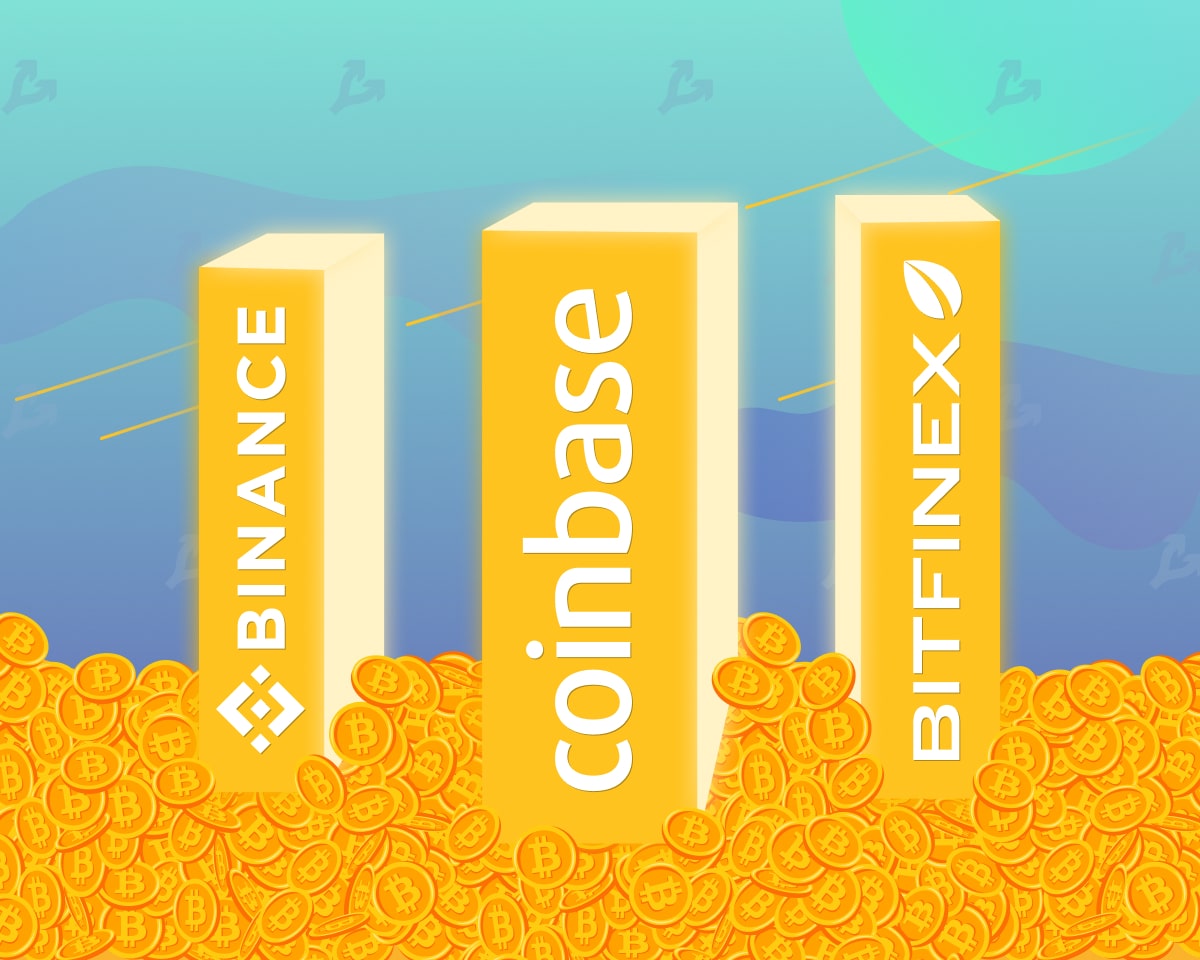Mario KartNintendo’s famous racing saga, turned 30. Although it does not generate as much media noise as other titles, it is perhaps the most successful saga in its segment on consoles, a success that the Japanese company has been able to maintain over time thanks to taking care of what is its great virtue: gameplay.
One of the main characteristics of Mario Kart compared to other veteran classics such as OutRun and Top Gear is that it has always been a “3D” game. Obviously, the three-dimensional thing must be in quotation marks, because the first part of the saga, Super Mario Kartis not actually a three-dimensional video game.
The premise of the original title is very simple. Races with 8 participants contested on circuits set in the Super Mario saga (then world) and in which everything is allowed. Scattered around the circuits are boxes that supply weapons and power-ups that are assigned as a casino that adds some coins that serve to increase speed slightly while penalizing the player if he is hit when he has zero.
In Super Mario Kart, which originally appeared on the Super Nintendo, it was done use a technique called mode 7 or mode 7, a graphics processing system developed by Nintendo itself that manipulates a texture to rotate and scale it, creating a depth perspective on a 2D surface. As a result, the player has a three-dimensional perception, although in reality it was not.
With mode 7 it is possible to turn 180 degrees and go through the circuits in reverse, but the downside is that they were all flat, there were no slopes. Mario Kart Super Circuit, a Game Boy Advance title, also suffered this limitation, as it also used Mode 7 despite a large graphical improvement compared to the 16-bit console release. Interestingly, Mario Kart Super Circuit includes all Super Mario Kart circuits as unlockable content.
The second part of the saga was mario kart 64, which remains one of the great classics of the saga to this day. Here the circuits were truly three-dimensional, which opened up new possibilities, more spectacularity and certain additional challenges. But it was the best the ability to play with four people in split screen in some piques that got out of control on many occasions and I say this from personal experience.
Over the years, the saga has introduced online play, a greater variety of vehicles and, above all, more characters, including one as festive as Link, the protagonist of The Legend of Zelda. Perhaps seeing Link in Mario Kart would be unimaginable today if it weren’t for Smash Bros, another spin-off of Nintendo’s mascot, which has established itself as an institution in its segment.
Mario Kart is one of Nintendo’s sagas that spreads outside of the company’s consoles with Mario Kart Tour, which appeared in 2019 for Android and iOS and was heavily criticized for abuse with micropayments and with various deliveries that appeared on co-op arcade machines. with Namco. For the Nintendo Switch, the Big N’s latest console, there’s an enhanced port of already-veteran Mario Kart 8 and Mario Kart Live: Home Circuit, an augmented reality-based curiosity.
Is Mario Kart really a successful video game? If we say that the standard (Wii U) and Deluxe (Switch) versions Mario Kart 8 sold more than 55 million copies combined (the vast majority on Switch), it is undeniable that we are facing one of the most successful racing games in history.













